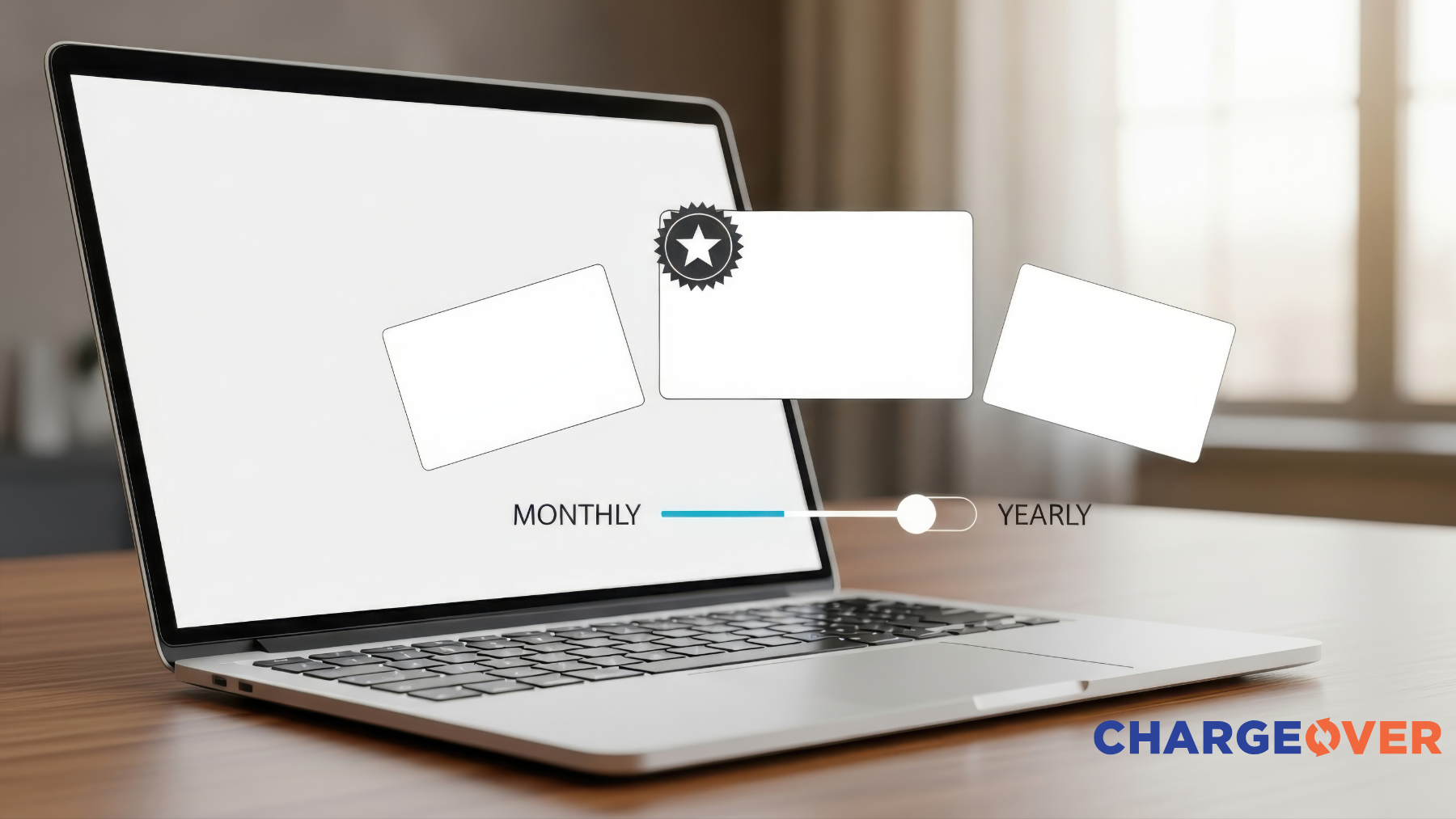Recurring payments have become an integral part of how businesses manage their revenue streams and how customers handle their expenses. These transactions form the backbone of subscription-based models, offering convenience, consistency, and predictability in financial interactions.
The Concept of Recurring Payments
Recurring payments, often referred to as subscription payments, are transactions that occur at regular intervals, typically scheduled automatically without the need for manual intervention for each occurrence. They enable businesses to receive payments from customers on a predetermined, recurring basis without the need for customers to actively authorize each transaction.
(Sometimes these payments are also referred to as retainers or retainer payments.)
How Recurring Payments Work
When a customer subscribes to a service or product with recurring payment terms, they authorize the merchant to charge their account at specified intervals, usually monthly, quarterly, or annually. These transactions are initiated automatically without requiring manual approval for each cycle. This process is facilitated through various payment methods, including credit/debit cards, bank transfers (ACH), or digital wallets.
Common Use Cases for Recurring Payments
- Subscription-based Services: Streaming platforms, software services, and membership-based businesses often use recurring payments to offer continuous access to their offerings.
- Fitness
- Streaming services
- Magazines and publications
- SaaS
- Digital Marketing Agencies
- Utilities and Bill Payments: Services like internet, cable, and gym memberships frequently employ recurring payments for the convenience of consumers.
- E-commerce and Retail: Some businesses offer subscription-based models for consumable goods, providing automatic reordering and deliveries.
Recurring payments are a method of processing transactions at regular intervals, allowing businesses to collect payments automatically from customers for services or products provided on an ongoing basis. These transactions are commonly associated with subscription-based models, offering convenience and consistency to both businesses and customers. Here's a general overview of how recurring payments work:
Customer Authorization:
- Customer Subscription: Customers typically sign up or subscribe to a service or product that operates on a recurring payment model. They provide their payment details and consent to automatic billing at regular intervals.
- Payment Authorization: The customer authorizes the business or merchant to charge their payment method—usually credit/debit cards, bank transfers (ACH), or digital wallets—at scheduled intervals.
Billing Cycle:
- Initiation: At the beginning of the billing cycle (e.g., monthly or annually), the recurring payment system automatically triggers the payment process based on the predetermined schedule.
- Payment Processing: The payment system uses the customer's stored payment details to charge the authorized amount for the subscribed service or product.
Payment Gateway:
- Communication: The transaction details are securely transmitted through a payment gateway, which communicates between the merchant, the customer's financial institution, and the payment processor.
- Transaction Processing: The payment processor verifies and processes the transaction, ensuring the funds are transferred from the customer's account to the merchant's account.
Record Keeping and Notifications:
- Transaction Records: The system maintains records of the transaction, including the date, amount, and details of the service provided, for both the merchant and the customer.
- Customer Notifications: Often, customers receive notifications—such as receipts or statements—informing them of the payment made, the amount, and the service rendered, ensuring transparency.
Payment Completion and Renewal:
- Payment Completion: Once the payment is processed successfully, the funds are transferred from the customer's account to the merchant's account, completing the transaction.
- Renewal and Next Cycle: The subscription service continues, and the cycle restarts for the next billing period unless the customer actively cancels or amends their subscription.
Customer Interaction:
- Subscription Management: Customers can usually manage their subscriptions, allowing them to modify, cancel, or upgrade their services through an online portal or contact with the merchant's support team.
- Customer Support: Businesses often provide customer support to assist with any issues related to billing, subscription changes, or inquiries about the service.
Recurring payments offer convenience and consistency for both businesses and customers, streamlining the payment process and ensuring ongoing access to subscribed services or products without the need for manual authorization for each billing cycle.
Recurring payments and one-time transactions differ significantly in terms of their frequency, authorization, and purpose. Here's a breakdown of their distinctions:
Recurring Payments:
- Frequency:
- Recurring payments occur at regular intervals, such as monthly, quarterly, or annually, for services or products provided on an ongoing basis. Examples include subscription-based services like streaming platforms or monthly gym memberships.
- Authorization:
- Recurring payments are authorized by the customer to allow merchants to charge their accounts at predetermined intervals. This authorization is typically ongoing until the customer actively cancels the subscription.
- Purpose:
- They facilitate continuous access to a service or product, automating the payment process for convenience and continuity.
- Payment Method:
- Recurring payments are usually set up through credit/debit cards, Automated Clearing House (ACH) transfers, or digital wallets. They're automated and processed without requiring manual approval for each cycle.
- Consistency and Predictability:
- For businesses, recurring payments provide a steady, predictable revenue stream, aiding in financial planning and stability.
One-Time Transactions:
- Frequency:
- One-time transactions occur only once, involving a single payment for a specific purchase or service at a particular point in time.
- Authorization:
- One-time transactions require individual authorization for each occurrence. Customers must actively approve and process the payment for that specific transaction.
- Purpose:
- They involve a single purchase or payment, often for products, services, or one-off transactions, such as retail purchases or utility bills that are paid separately each time.
- Payment Method:
- One-time transactions involve various payment methods, including credit/debit cards, cash, checks, or bank transfers. Each transaction necessitates specific authorization for the payment to proceed.
- Non-Repetitive Nature:
- One-time transactions are not linked to any ongoing service or product. They represent standalone, individual purchases that don't require regular, recurring payment cycles.
In summary, the key differences between recurring payments and one-time transactions lie in their frequency, authorization process, purpose, and the nature of their association with ongoing services or individual purchases. Recurring payments are for continuous access to a service, while one-time transactions involve single, separate purchases or payments.
Advantages of Recurring Payments
- Convenience: Customers benefit from automated payments, saving time and hassle associated with manual bill payments.
- Consistency and Predictability: For businesses, recurring payments offer a steady and predictable revenue stream, aiding in financial planning and stability.
- Enhanced Customer Retention: The subscription model creates a long-term relationship between the business and its customers, fostering loyalty.
Challenges and Considerations
- Customer Authorization: Ensuring proper authorization and consent for recurring payments is crucial to maintaining trust and compliance.
- Payment Security: Data security and encryption are essential to protect sensitive financial information.
- Managing Failed Payments: Addressing failed payments due to expired cards or insufficient funds requires effective strategies to maintain seamless transactions.
Download the FREE eBook on maximizing your payment recovery
Recurring payments are a cornerstone of the modern economy, offering a mutually beneficial arrangement for businesses and consumers. They provide a convenient, predictable, and efficient way to handle transactions in an era of subscription-based services and products. As technology continues to evolve, the landscape of recurring payments is expected to expand, offering further convenience and flexibility in financial interactions for businesses and consumers alike.
Are you ready to get started sending invoices to accept recurring invoices? Check out the Getting Started section of the ChargeOver Help Center.
Transform Your Billing Experience
Your results are just the beginning. Learn how to optimize your billing and scale your success.


